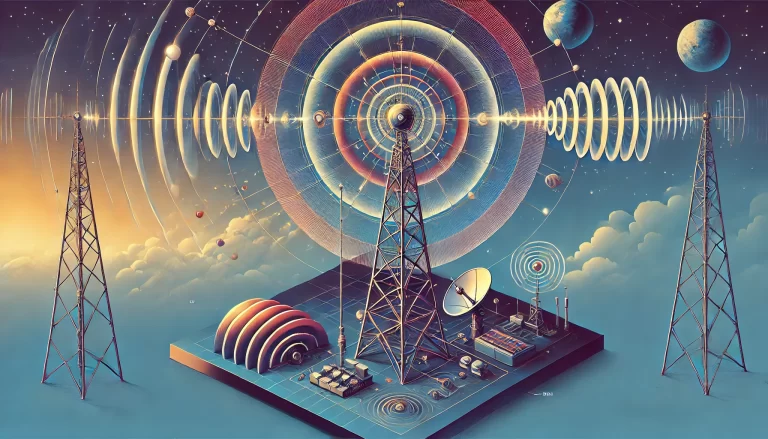The Physics of Bicycles: Why Are They So Stable?
Bicycles are one of the most efficient modes of transportation ever invented. They are lightweight, require minimal energy to operate, and can remain stable even at high speeds. But have you ever wondered why bicycles stay upright so effortlessly? The answer lies in a complex interplay of physics, involving concepts such as angular momentum, gyroscopic…










